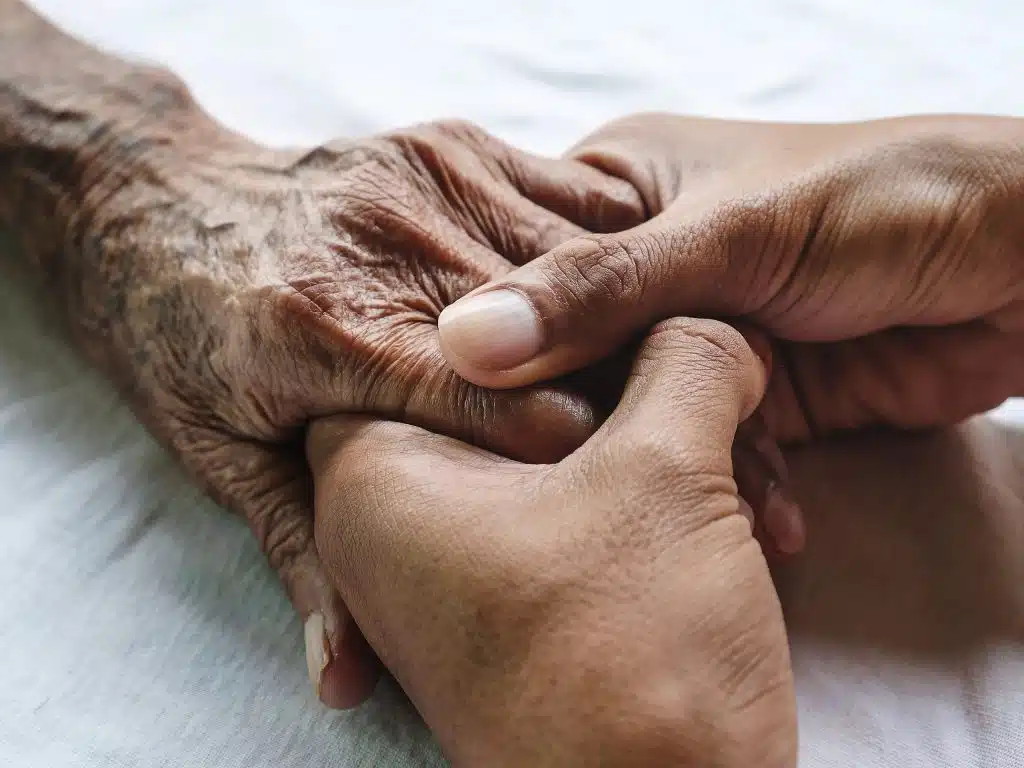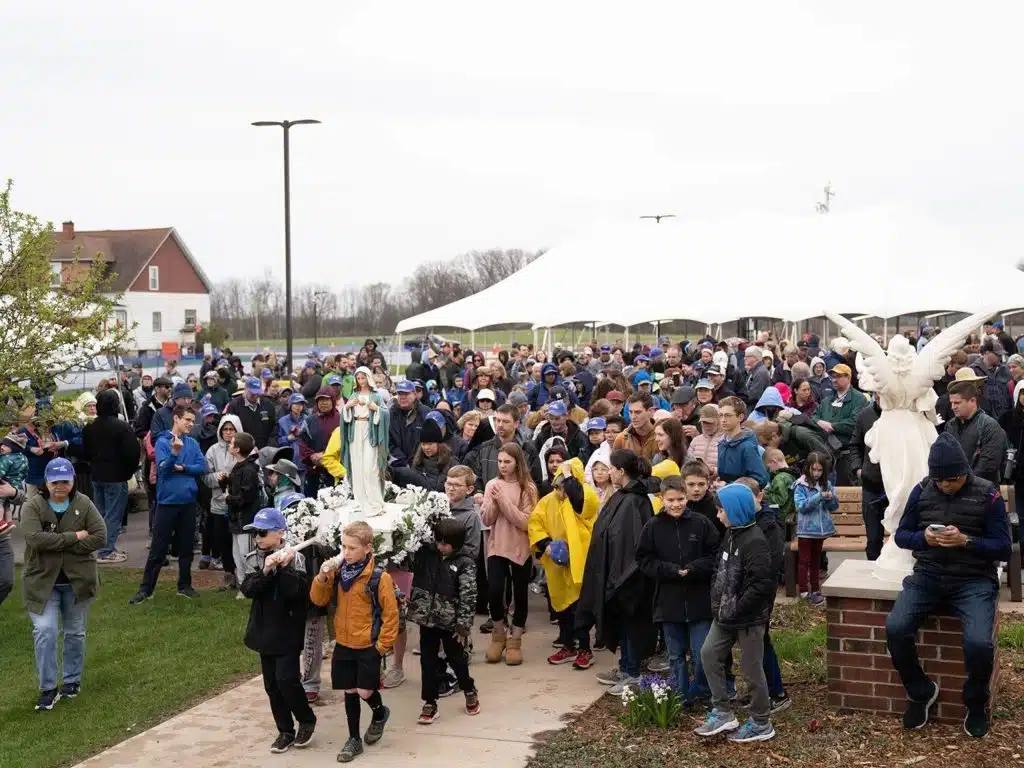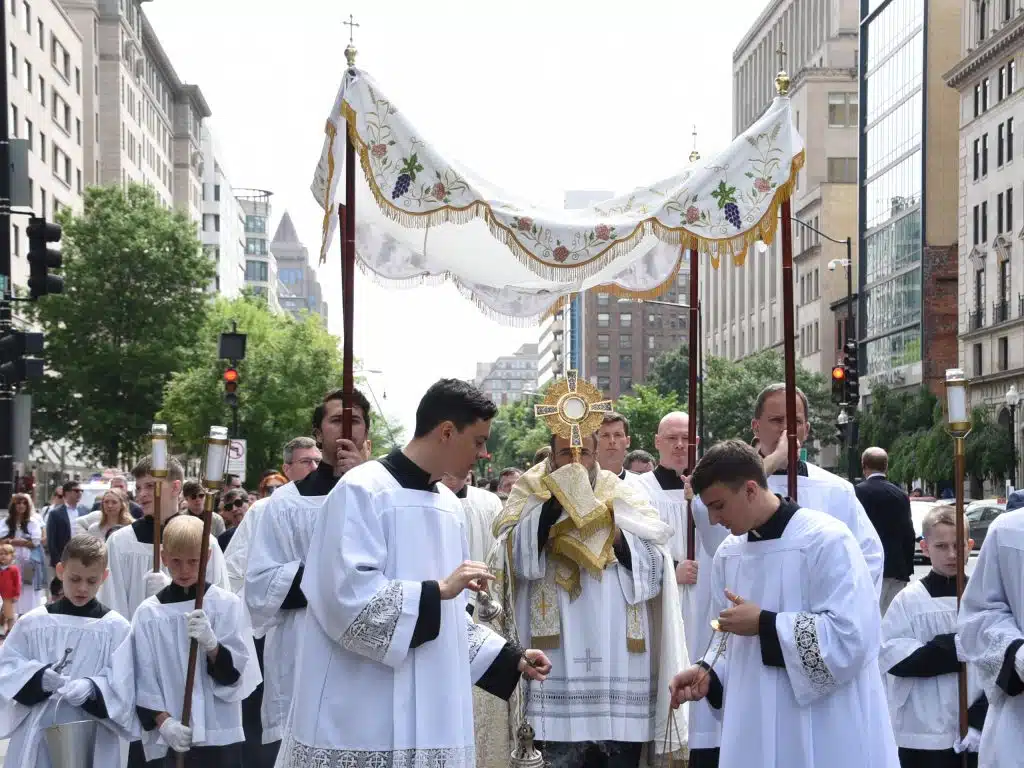SACRAMENTO, Calif. – Before the mission period, Indian life along the California coast was diverse, peaceable and stable.
There were a large number of tribes, each with distinct language, cultural and social traditions. They were hunter and gatherer people who found plenty of resources from the sea and landscape. Acorns, fish, shellfish and wild game were primary staples.
A temperate climate allowed for a stationary life for most coastal Indians. Homes were generally dome-shaped, thatched huts. Men hunted and fished while women and children collected plant foods and small game.
Coastal Indians lived mostly in smile tribes ranging from 100 to a few thousand people. They avoided centralized authority but had established networks for trade. California Indians are especially known for exquisite basketry.
According to scholars, California tribes reached levels of cultural and material complexity rarely seen among hunting and gathering cultures.
Tribal names from the California coastal areas where Franciscan missions were established include: Chumash, Esselen, Tipai-Ipai (Kumeyaay), Miwok, Mutsun, Ohlone (Costanoan), Patwin, Payomkowishum, Pomo, Salinan, Tongva and Yokut.
Mission Indians were later named by group correlating with each mission. Examples are the Ventureño, Gabrieleño, Obispeño, Juaneño, Migueleños, Fernandeño, Purisimeño and Luiseño.


